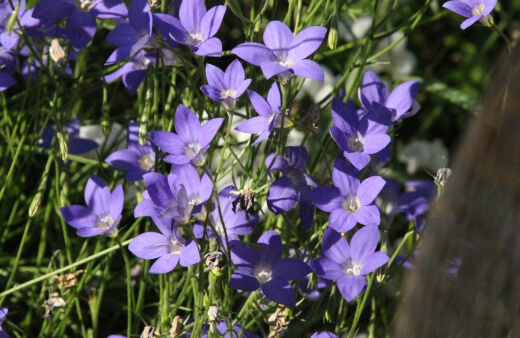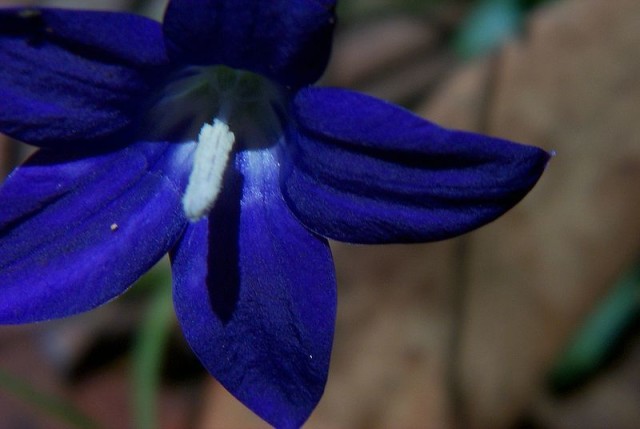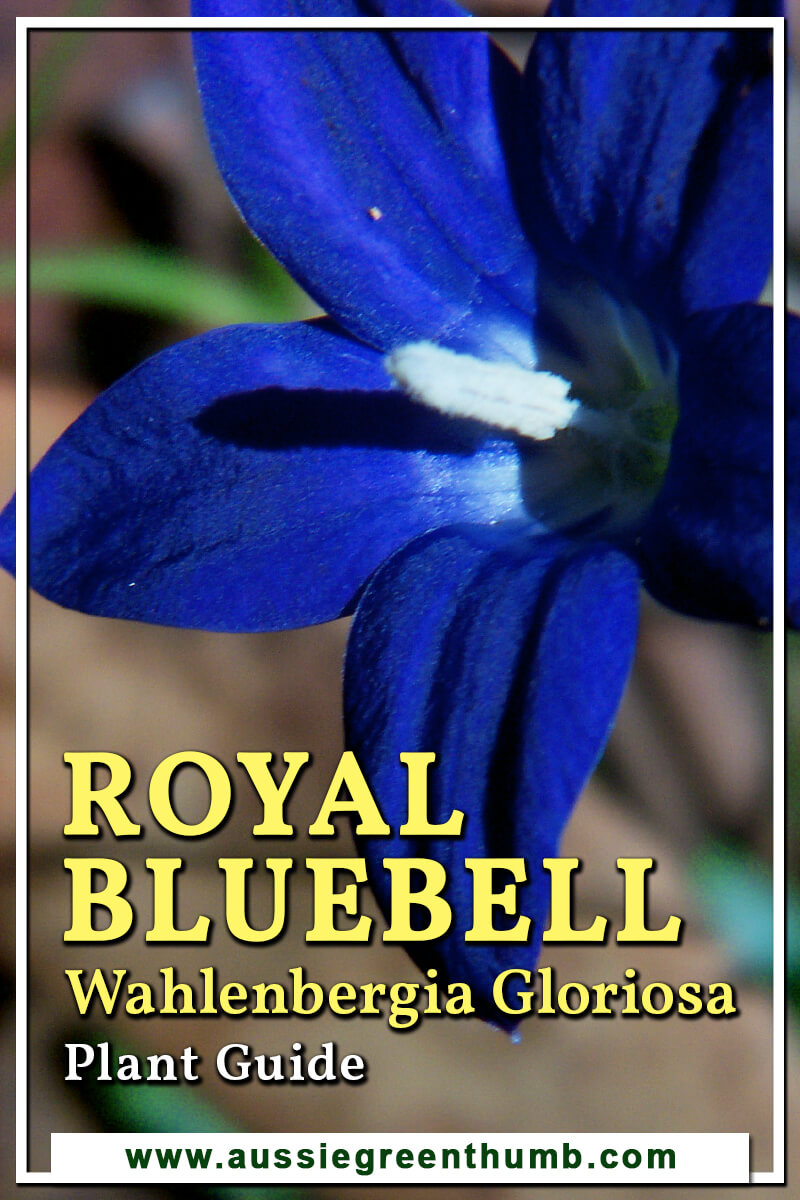There is an absolute exciting allure by flowers which produce deep, dark and dynamic colours. The Royal Bluebell, or Wahlenbergia gloriosa, has definitely earned its title.
This incredible wildflower is perfect for a floral ground cover, around rock gardens or in a hanging basket. Here is everything you need to know about the Royal Bluebell.
More...
What is the Royal Bluebell?

The royal bluebell is a perennial herb, growing naturally in the sub-alpine woodlands of Australia, as well as New South Wales and Victoria. The Royal Bluebell belongs to the Campanulaceae family, which includes a range of fantastically flowering species.
Originally named after a Dutch botanist, the name Wahlenbergia gloriosa is Latin for glorious or superb, which its bright blooms definitely are.
The petals of the royal bluebell flower usually come in 5’s, growing as much as 3 cm long. They range in colour from blue-violet, sky blue and in some instances light pink. The petals are also edible, making them a perfect addition to a summer salad.
The Royal Bluebell was also nominated as the regional emblem for the Australian Capital Territory in 1982. It has even made its way onto a national postage stamp.
How to Grow Royal Bluebell
The royal bluebell flower can be planted at almost any point in the year, with the exception of the hottest part of the summer. Still, most gardeners will recommend planting during the springtime as the flowering season is usually during the summer.
In cooler regions, the royal bluebell will need to be planted in a sunny or semi-shaded spot. As with most flowering plants, a decent amount of direct sunlight is required for decent flower production.
Although accustomed to rocky soil, this cultivar prefers well-draining, well-mulched soils as a growing medium.
Propagating Royal Bluebell
The royal bluebell flower can be propagated from seed, cuttings or by means of division.
Cuttings should be taken between spring and autumn. Simply remove portions of the root and stem, dip into a rooting hormone and plant into a well-draining potting mix.
Seeds also tend to germinate fairly quickly. Bought seeds should be sown into seedling trays to germinate and thereafter planted into pots or into your garden.
As the royal bluebell has a rhizome root system, division is also a popular method of propagation. Using a sterilized blade, divide the rhizome into equal sections and plant into a well-draining potting mix.
Bluebell Flower Care

As it is a wildflower, this species requires very little maintenance once established. This is what makes it such a viable option for indoor or outdoor décor.


Get Your Free Guide:
Master Growing Australian Natives eBook
A Must Have Complete Guide for Every Australian Garden
Get Your Free Guide:
Master Growing Australian Natives eBook
A Must Have Complete Guide for Every Australian Garden
If growing in poor soil conditions, consider keeping the soil nutrient-rich with well-rotted compost or other organic matter. This will help support flower production.
The Royal Bluebell is quite drought-tolerant and has a shallow root system, so waterlogging soil should be avoided at all costs. Allow soil to drain properly between watering, or check soil moisture with a moisture meter to know when they really need water.
It is important to note that the royal bluebell flower is short-lived, meaning they will flower and become spent fairly quickly. Luckily, the blooming seasons spread from October to March, meaning you may always have a few flowers blooming at a time.
There are no major known pests or diseases that affect the royal bluebell.
Royal Bluebell Frequently Asked Questions
Is the Royal Bluebell endangered?
In the wild, the Royal Bluebell is considered a protected flower. This means that wild-growing flowers should not be picked or collected.
What Does the Royal Bluebell Represent?
Throughout Australia, the Royal Bluebell flower is known to represent growth and progress.
Is the Royal Bluebell Native to Australia?
While it is found naturally growing in parts of Australia, similar species to the Royal Bluebell also exist in parts of South America.

Wrapping Up Our Royal Bluebell Guide
The Royal Bluebell is a fairly easy plant to grow, and once established, will bloom happily and without hassle in your garden. Take extreme care not to overwater your royal bluebell flower and ensure the soil stays rich with organic matter.
As spring is around the corner, now is the perfect time for you to start planting your royal bluebell plants!
Published on August 29, 2021 by Lorri Hopkins
Last Updated on January 10, 2025




